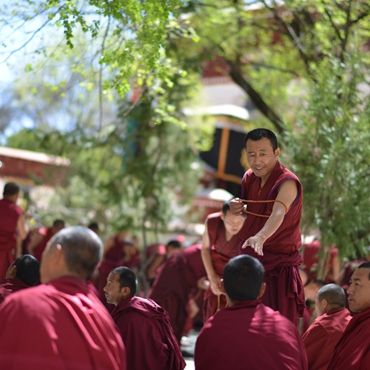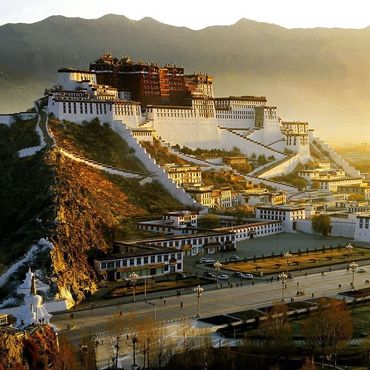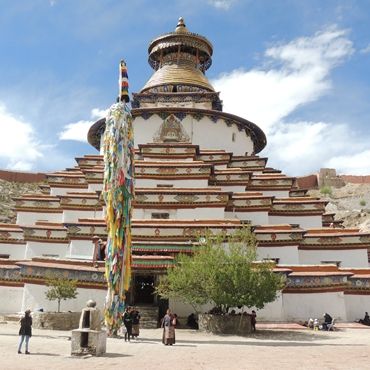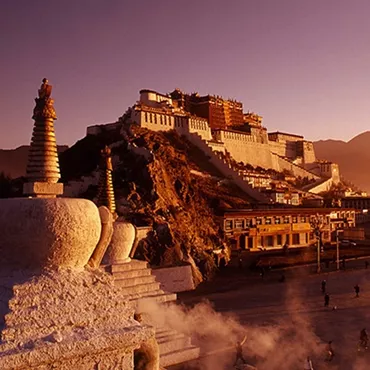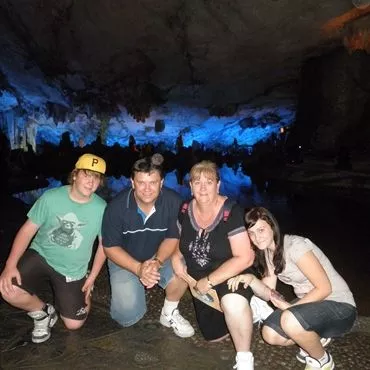Tibet in Brief
Tibet lies on the Spine of the World--the Qinghai-Tibet Plateau. The average altitude of 4,000 m grants the spectacular snowy scenery, the unique culture, exotic customs and rare animal and plant species to Tibetans. Snowy Mount Everest in Shigatse, Khatag--a piece of silk used as a greeting gift, Kowtow--a special Tibetan etiquette, Tibetan antelope and Tibetan wild yak--the rare animals exist only in Tibet, Cupressus gigantean and fir--the rare plants exist only in Tibet are all the blessings from god.

In the place where the annual average temperature is 8℃, over 2,660,000 Tibetans dwell together with 120,000 other nationalities, sharing the same long-standing history. Along the history, the most prosperous culture is the Buddhist culture. It is said that once there were over 2700 temples, monasteries and palaces spread over Tibet. Therefore, many typical temples are preserved as the national cultural and historic sites, such as Potala Palace in Lahsa, Trashilhunpo Monastery, Ganden Temple, Drepung Monastery, Sera Monastery and Klukang Monastery.
Making up one eighth of the Chinese territory, Tibet is one of the birthplaces of the Chinese culture. Here, the people invented their own language and written characters to record what the ancestors passed down, therefore the cultural relics that we can appreciate today can be so vivid and colorful.
More than 67% Tibet is covered by large area of native pasture, behind which the picturesque landscapes hide. Besides, Tibet is abundant in such natural resources as water, geothermal energy, solar energy, wind energy and mine. Can the place with over 1500 lakes, about 5766 higher plant species, more than 1000 medical plants, the world’s highest mountain and the world’s largest glacier catch your eyes?

